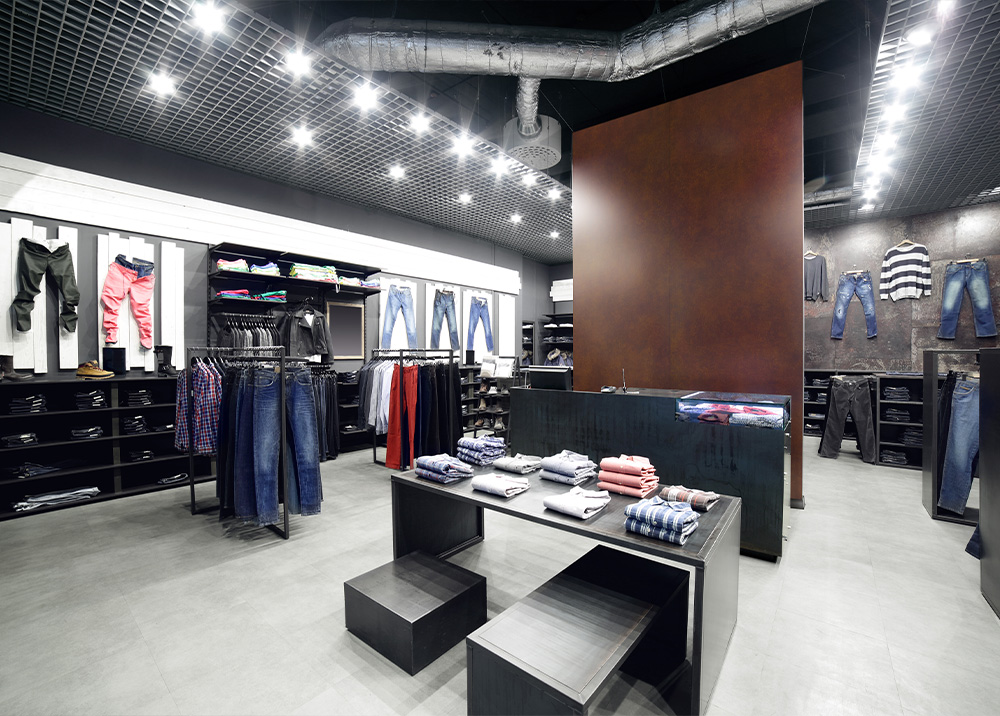In the choice of surface materials for public spaces, ensuring indoor air quality is a critical factor for the health of users. The M1 certificate is an emission classification maintained by the Building Information Foundation, which determines the low emission and indoor suitability of building materials. Laminates with this certification are proven to have low emissions of volatile organic compounds (VOCs), formaldehyde emissions and odour. In public buildings, where large areas of materials are used and where many people are present on a daily basis, low-emission materials play a key role in creating a healthy indoor environment.
What is M1 certification for laminates and why is it important for public space projects?
The M1 certificate is a system developed in Finland that sets strict criteria for emissions from building materials. Certified products belong to the best category of emission classification, which means that they have the lowest possible impact on indoor air quality. In public space projects, this quality label is particularly relevant as these spaces are frequented by a large number of people who may spend long periods of time in the same indoor space.
To obtain the certificate, the product must have been tested by an independent laboratory using accurate emission measurements. This testing includes total volatile organic compound (VOC) emissions, formaldehyde emissions, ammonia and carcinogens, and a sensory evaluation of the product's odour. The rating is voluntary, but has become an important competitive factor in the market and almost a requirement in public construction.
Laminates The M1 classification is proof of the product's environmental friendliness and suitability for spaces where indoor air quality is a critical factor - such as schools, hospitals, offices and other public buildings.
How do M1 certified laminates affect indoor air quality?
Laminates are widely used surface materials that can have a significant impact on indoor air quality. M1 certified products emit significantly fewer harmful compounds into the air compared to non-certified alternatives. This can be seen by comparing the results of emission measurements, where M1 certified materials are significantly below the limit values set.
The emission classification limit values are strict. The TVOC (total volatile organic compound) emissions of M1-rated products shall not exceed 0.2 mg/m²h. The limit for formaldehyde emissions is 0.05 mg/m²h, for ammonia 0.03 mg/m²h and for carcinogenic substances (IARC category 1) 0.005 mg/m²h. In addition, the product must not cause a nuisance odour.
According to research data certified materials contribute significantly to better indoor air quality, which in practice is reflected in benefits such as:
- Reduced respiratory symptoms and allergies
- Improved concentration in learning and working environments
- Reduced risk of indoor air irritation
- Reduced experience of odours in new or renovated premises
In public spaces, where large numbers of visitors and people spend long periods of time, indoor air cleanliness is particularly important for the well-being of all users.
What are the requirements for the M1 certificate for the manufacture of laminates?
To obtain M1 certification, laminates must pass a demanding testing procedure. Products are tested under standardised conditions in an emission chamber where their emissions are accurately measured. The test period lasts 28 days, after which the emissions of the product are measured and compared with the limit values.
Manufacturers should consider the following factors to achieve certification:
- Precise selection of raw materials and quality control
- Precise control of the production process
- Low-emission adhesives
- Environmental friendliness of coatings and finishes
- Continuous quality control and regular testing
At Lorella, we ensure the compliance of our products through close cooperation with manufacturers and by requiring comprehensive documentation of emission measurements. The certification process requires commitment from manufacturers continuous quality control, as the M1 marking is valid for three years at a time, after which it must be renewed with new tests.
The requirements of the certificate will guide manufacturers towards more environmentally friendly practices, which will contribute to a more sustainable development of the whole sector.
The role of M1 certification in the design and implementation of public space projects
In public space projects, the choice of surface materials is a critical decision that affects both the well-being of the end users and the long-term functionality of the building. The use of M1 certified laminates provides benefits to all parties involved in the project:
For designers, the certificate provides a reliable set of criteria for material selection and helps meet the stringent indoor climate requirements of projects. For contractors, M1-marked products provide reassurance about the safety and compliance of the materials being installed. For end-users, certified materials ensure a healthier indoor environment, which translates into improved well-being and reduced health problems.
A checklist for choosing M1 certified laminates for public space projects:
- Always check the valid M1 certificate of the material
- Consider the suitability of the material for the intended use of the space
- Make sure that all materials used in the project meet the same criteria
- Carefully document your material choices in the building's maintenance logbook
- Take care of the correct installation and handling of materials
M1 certification is an important part of sustainable and healthy construction. Through it, we promote better indoor air quality and user well-being in public spaces. By meeting strict environmental criteria, we can ensure that we build the public spaces of the future that will serve their users safely for decades to come.

